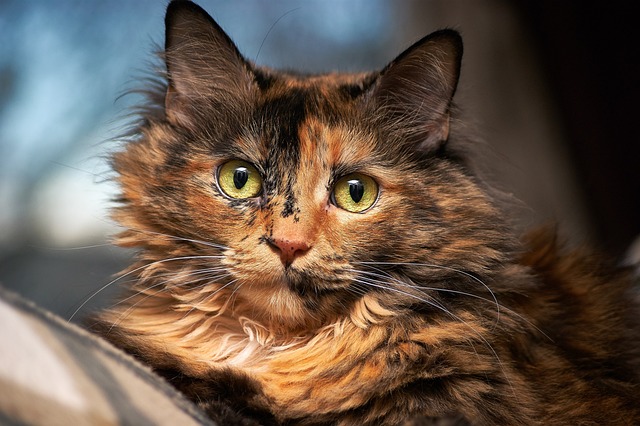A well-maintained litter box is crucial for your cat’s well-being and to prevent accidents. Cats have a strong aversion to dirty litter boxes, and poor maintenance can lead them to seek alternatives. Since your cat’s sense of smell is significantly more acute than yours, what seems tolerable to you might be unpleasant for your feline friend.
Preparation and Essentials
- Number of Boxes: Provide one litter box per cat, plus one extra. For instance, if you have four cats, aim for at least five litter boxes.
- Litter Station: Consider grouping two or three boxes together in a designated area to accommodate multiple cats and make maintenance more convenient.
- Box Selection: Opt for a plain, rectangular box that’s large enough for your cat to move comfortably. Avoid overhanging sides.
- Placement: Position the box in a quiet, private location away from noisy appliances. Ensure your cat has an easy escape route to avoid feeling trapped.
Lining the Box (Optional)
- Litter Box Liner: While optional, liners facilitate tidy disposal of used litter during cleaning. They are particularly useful with non-scooping litter.
Adding Litter
- Recommended Depth: Most manufacturers suggest two to three inches of litter. If your cat is a vigorous digger, consider using three to four inches.
- Clumping Litter: Opt for clumping litter, like World’s Best Cat Litter, as it doesn’t require a liner and is generally preferred by most cats.
- Leveling Off: After filling, level the litter to provide a smooth surface for digging.
Scooping Waste
- Frequency: Scoop the litter box at least twice daily, or more frequently if necessary.
- Scooping Technique: With clumping litter, scoop out solid urine clumps while sifting clean litter back into the box. The litter box should remain reasonably full after scooping.
Disposing of Waste
- Litter Genie: Consider using a product like the Litter Genie for easy disposal. It securely encloses waste, preventing odors from spreading.
Preventing Issues
- Regular Cleaning: Depending on the type of litter used, clean the box thoroughly every week to every few weeks. Non-clumping litter requires more frequent cleaning due to odor accumulation.
- Disposal: Empty used litter into a sturdy plastic bag and tie it securely before disposing of it in the trash. Do not dump the entire box into the toilet, even if the litter is labeled as flushable.
- Cleaning Routine: Wash the box with unscented dish soap and hot water, ensuring it’s thoroughly rinsed and dried with paper towels.
Remember, maintaining a clean litter box is essential for your cat’s comfort and well-being. By following these steps, you’ll create a hygienic environment that keeps your cat content and prevents unwanted accidents.



